Pitchers Tipping Pitches
Oct 18, 2023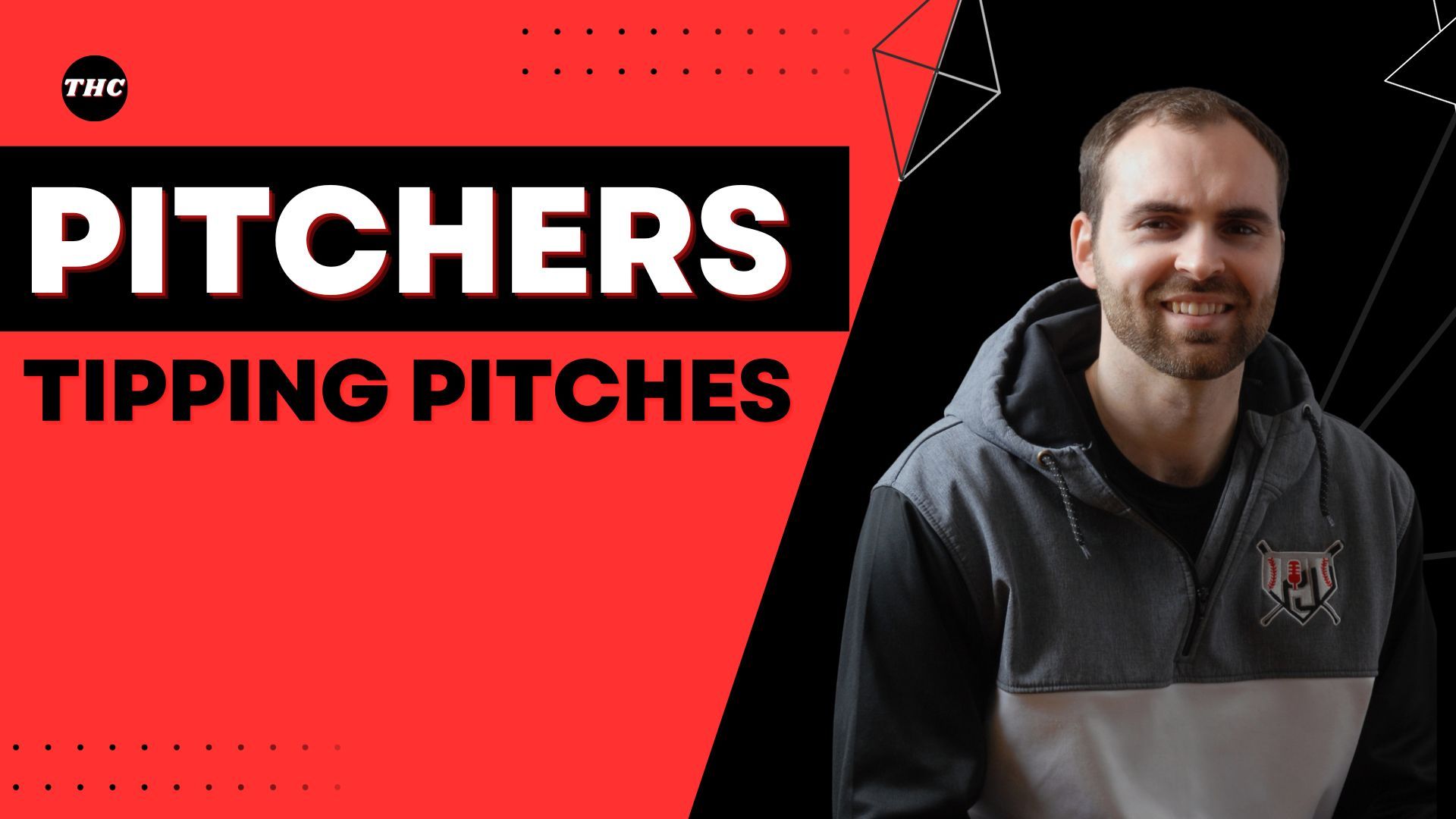

Read time: 3 minutes
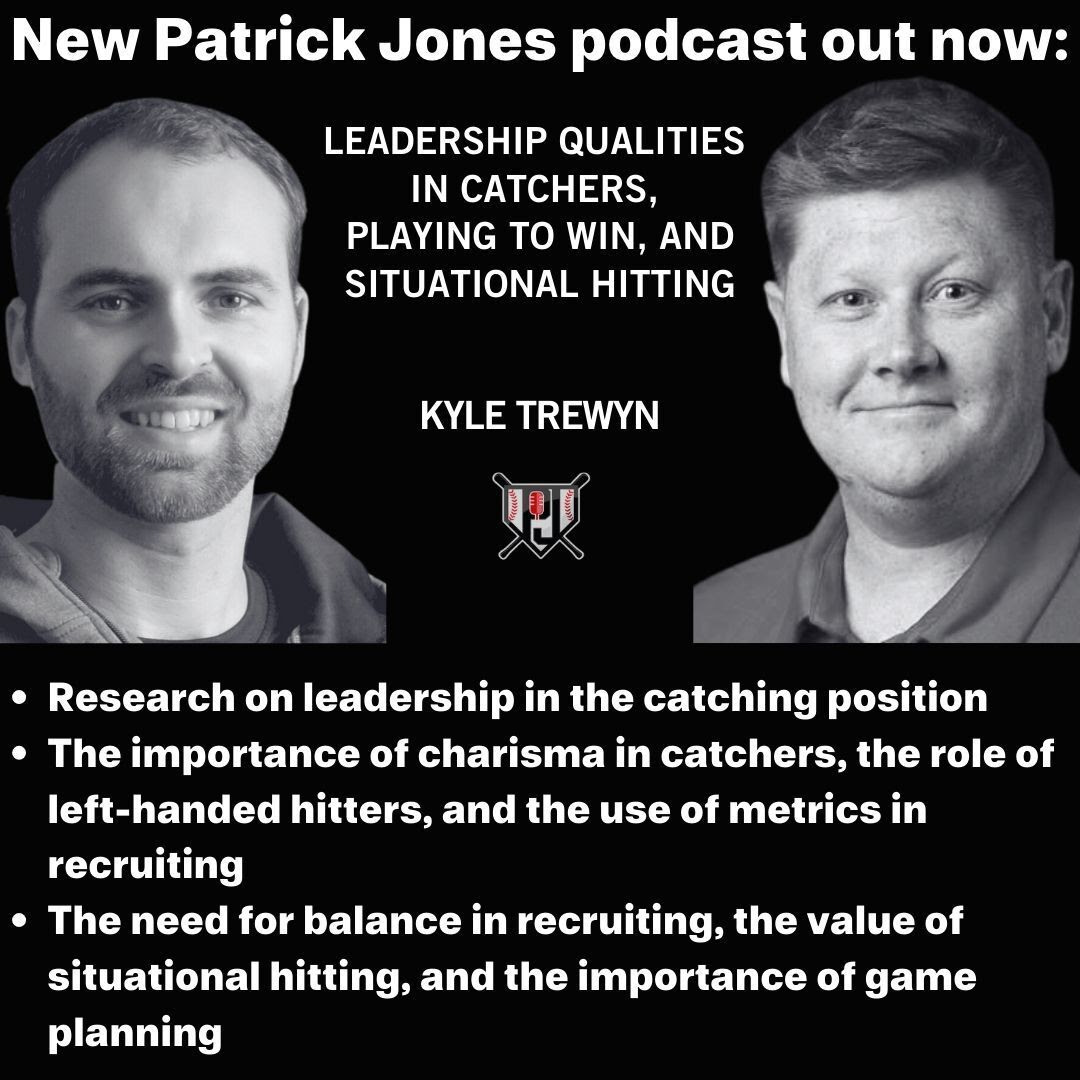
Kyle Trewyn is the Associate Head Baseball Coach at Miami (OH) University.
In this episode, we talk about leadership qualities in catchers, why he likes to recruit left-handed hitters, and the reason his hitters practice situational hitting on a regular basis.
Listen: patrckjonesbaseball.com
* Credit to MLB for all images below
Pitchers have many things going on when they're on the mound.
Have you ever been a pitcher?
Everyone is watching you...
Every. Single. Pitch.
Guess what happens when you aren't throwing strikes?!
They start to focus on you even more.
Then they start thinking about...
- Runners on base
- Walks
- Hits
- Runs
- Mound Visit
- Getting Pulled
The point is that they have a lot going on.
They start to repeat mistakes time and time again.
They start to tip their pitches.
Today, we will show you how pitchers tip their pitches and how you can help hitters take advantage of these mistakes.
Coming Set:
One of the easiest ways to tell if pitchers are tipping their pitches is how they come set. I see pitchers come set at various spots depending on what pitch they're throwing.
Here are a few examples of this happening below:

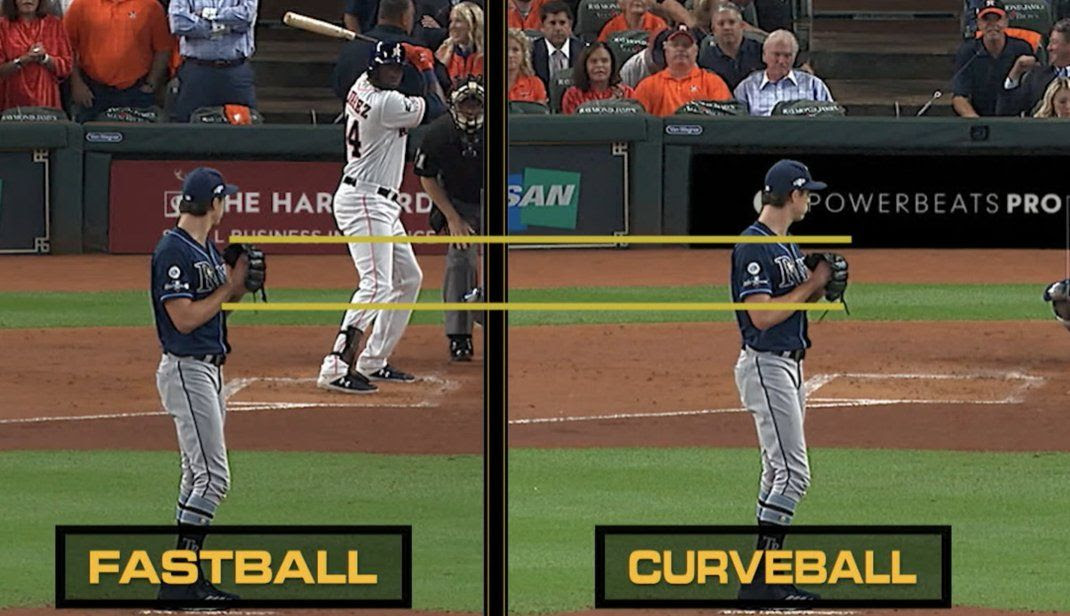
Coming Set
A mistake pitchers will make as they come set is they make small, subtle changes for each pitch.
Yu Darvish FB vs. Slider.
Fastball:
1. Comes set
2. Quick check on runner
3. Throw
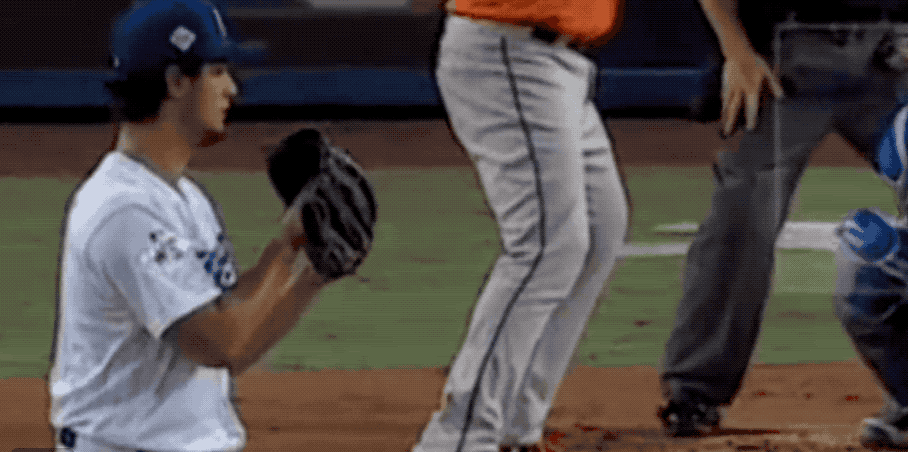
Slider
- Starts to come set
- Wiggle glove
- Deep Breath (look at shoulders)
- Pitch
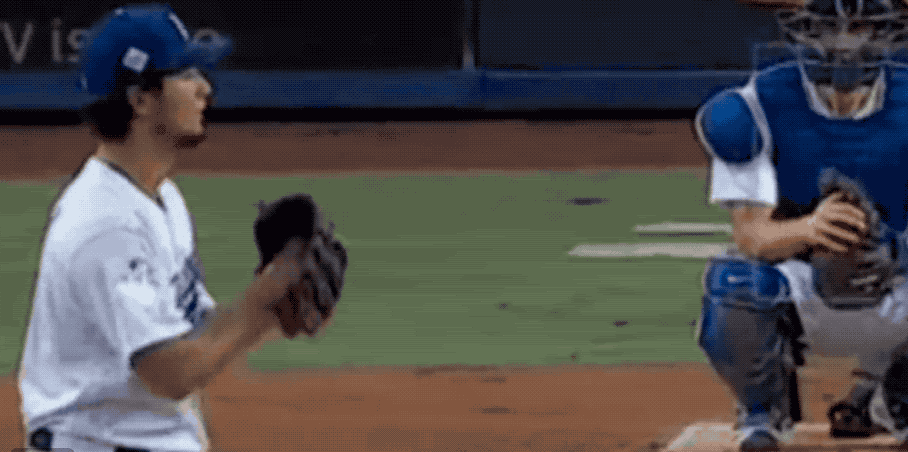
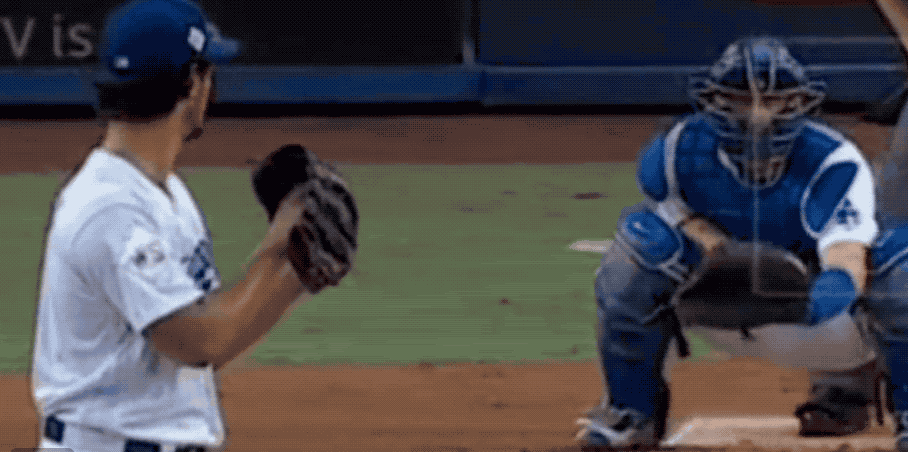
Windup
Do pitchers have the same movement for each pitch during their windup?
Below is a perfect example of when a pitcher changes glover height during the windup, depending on pitch type.
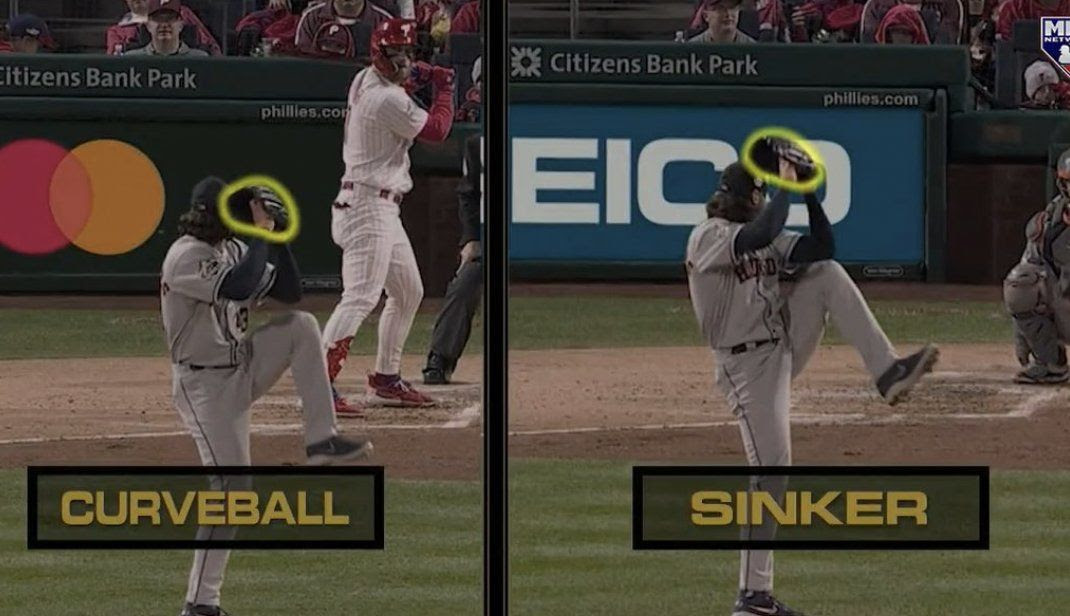
Here are several other ways pitchers can tip their pitches
- Timing and Tempo: Pay attention to the pitcher's timing and tempo. If there is a noticeable difference in how long it takes him to come set or if he appears to rush through the process for a particular pitch, it could be a sign.
- Glove Position: Watch the pitcher's glove hand. It may have a different position or movement depending on the pitch type. For instance, some pitchers may open their glove more for breaking balls or hold it closer to their body for fastballs.
- Front Shoulder or Leg: Look at the positioning of the front shoulder or front leg. Subtle differences in how the pitcher holds his front side can indicate the pitch type.
- Body Lean or Weight Shift: Note if the pitcher leans in a particular direction or shifts his weight differently for different pitches. This can be a giveaway.
- Breathing Patterns: Some pitchers have noticeable changes in their breathing patterns when preparing to throw different pitches from the stretch. Rapid or shallow breaths can indicate tension or anticipation of a certain pitch.
- Staring Point: Check where the pitcher is staring or focusing before he starts his delivery. He might consistently look at a specific spot on his body for certain pitches.
This is what happened below.
When he looked at 3B and threw, it was a FB.

- Mound Behavior: Watch for any unusual behaviors on the mound, such as tapping the glove, adjusting the cap, or other nervous habits that may be associated with pitch-tipping.
- Previous Pitch Sequences: Review the pitcher's previous pitches and note if there is a pattern in the pitch sequence that batters can exploit. For example, if the pitcher always throws a breaking ball after shaking off a sign.
- Use of Leg Kick: Some pitchers use a higher leg kick for breaking balls and a shorter, quicker kick for fastballs. This can be a tell if it's consistent.
Conclusion:
If pitchers are tipping their pitches at the MLB level, you can bet they're doing it at every level of baseball and softball.
Take Advantage.
Whenever you're ready, there's 1 way I can help you:
If you want to become one of the best hitters in the country...
Wouldn't it make sense to work with someone...
- Who has already worked with the top players in the country
- Has done nothing else their entire life except study, hitting
- Whose network includes 100s of the best college and professional coaches
If that interests you, fill out this application below, and let's work together.
